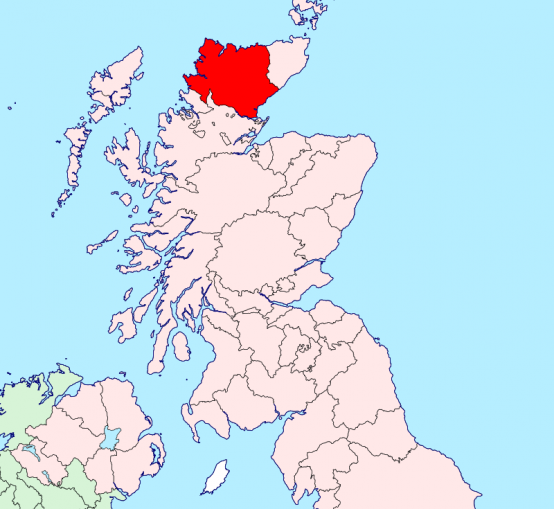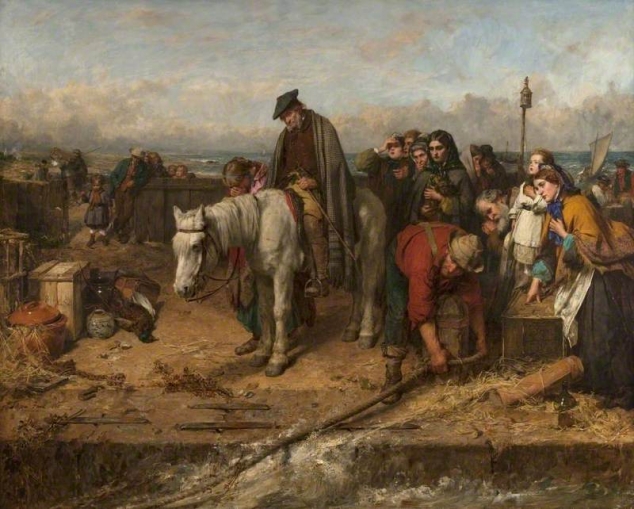Descendants of Highland Clearance to buy back land in Sutherland
The physical scars of the Highland Clearances of the 18th and 19th century remain to this day and abandoned hillside settlements can still be seen. They are a notorious part of Scottish history with tens of thousands of men, women and children cruelly and violently evicted from their homes. Property was set on fire, even murder was committed and terrible famine and extreme poverty ensued. The Clearances began in the late 18th century and carried on in separate phases well into the 19th century. Over many years tens of thousands of people were cleared from their homes mainly to make way for sheep.
After the unsuccessful Jacobite risings of 1715 and then 1745 the British government sought to destroy the very foundations of highland culture with the suppression of the Gaelic language and the banning of wearing tartan. The effect of ongoing Clearances of the population further eroded Gaelic culture. In later years the excuse used to justify continued clearances was the need for agricultural improvement and even overcrowding. The real reason was naked greed and a ruthless desire to earn the landlords a greater profit with the near annihilation of an entire culture being the result. Native Gaelic speaking people cleared from their ancient lands, leaving the land virtually empty.
For cruelty and ruthlessness the Sutherland Clearances, in the north of Scotland, stand out. Commencing in 1807 the landowners, Elizabeth Gordon, Countess of Sutherland, and her English husband George Granville Leveson-Gower, the Marquis of Stafford, were responsible for the eviction of around 15,000 people from their lands. Amongst the ruthless thugs they used to carry out their depraved purge was a man known for his brutality, Patrick Sellar. Those cleared from the land had to do what they could to survive and feed their families. Some moved to coastal settlements with poorer lands, or to the towns and cities of the south, many emigrated.
Now, two centuries after the disgraceful events in Sutherland, descendants of those evicted are close to purchasing land from which they were forced to leave. A community group has all of the funding it needs to buy 3,000 acres of crofting townships near Helmsdale. In an area that is still haunted by the actions of the infamous Duke of Sutherland the purchase is seen as a significant development. Although the harm and misery caused by the clearances can never be reversed, there is at least a sense of something, at least, being put right.







